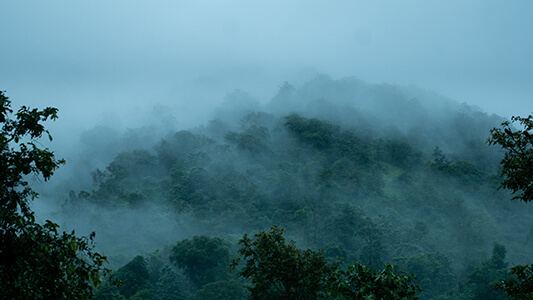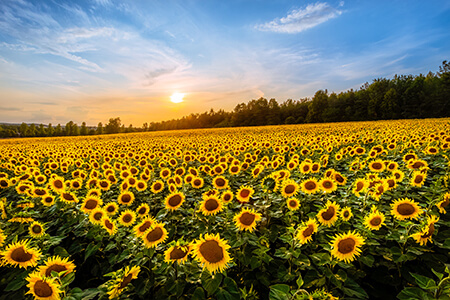This is a lesson summary. The full lesson can be viewed by purchasing an online course subscription.
Learning Objective
In this lesson we will learn about Earth’s main renewable resources – sunlight, water, air and living things.
Learning Outcomes
By the end of this lesson you will be able to:
- Define ‘renewable resource’.
- Discuss how sunlight is a renewable resource.
- Discuss how water is a renewable resource.
- Discuss how air is a renewable resource.
- Discuss how living things are renewable resources.

(Image: Yashvi, Adobe Stock)
Lesson Summary
- Renewable resources are resources that are replenished instantly or over a relatively short period of time.
- Earth’s main renewable resources are sunlight, water, air and living things.
- Sunlight enables plants to produce their own food and provides heat energy required by all living things.
- Sunlight is utilised by humans as a source of energy.
- Sunlight is a renewable resource as it is supplied constantly by the Sun.
- Water is a basic requirement of all living things.
- It exists in oceans, lakes, rivers, polar ice caps, glaciers, soil and the air.
- Surface fresh water accounts for less than 0.01% of all the water on Earth.
- Humans use water for drinking, cleaning, agriculture, industry, electricity generation and many other purposes.
- Water is a renewable resource as it is recycled through the hydrosphere via the water cycle.
- Air in Earth’s atmosphere consists mostly of nitrogen and oxygen, with trace amounts of other gases such as carbon dioxide and ozone.
- Nitrogen and oxygen are essential nutrients for living things.
- Carbon dioxide is required by plants for carrying out photosynthesis.
- Ozone protects Earth from harmful radiation coming from the Sun.
- Earth’s atmosphere also prevents extreme fluctuations of temperature between day and night.
- Air is a renewable resource because it is recycled through Earth’s spheres via the nitrogen cycle, oxygen cycle and carbon cycle.
- Living things include animals, plants, fungi and microorganisms.
- All living things are connected through global food webs and other ecological interactions.
- Humans use living things for food, fuel, building materials, fibres, medicine, transportation, fertilisers and many other purposes.
- Living things are renewable resources because they grow and reproduce.

(Image: Tomasz, Adobe Stock)
(Header image: Pasko Maksim, Adobe Stock)
